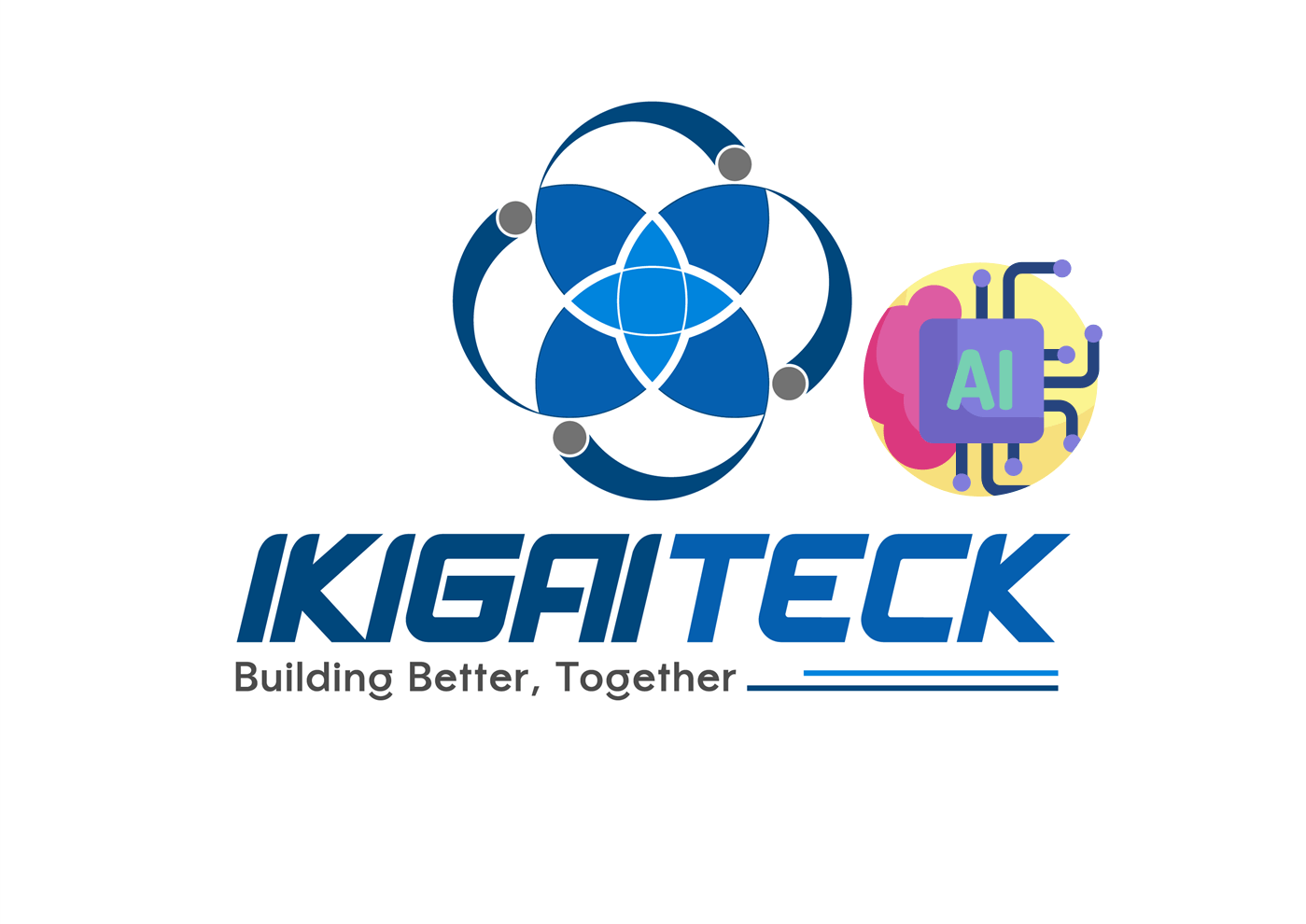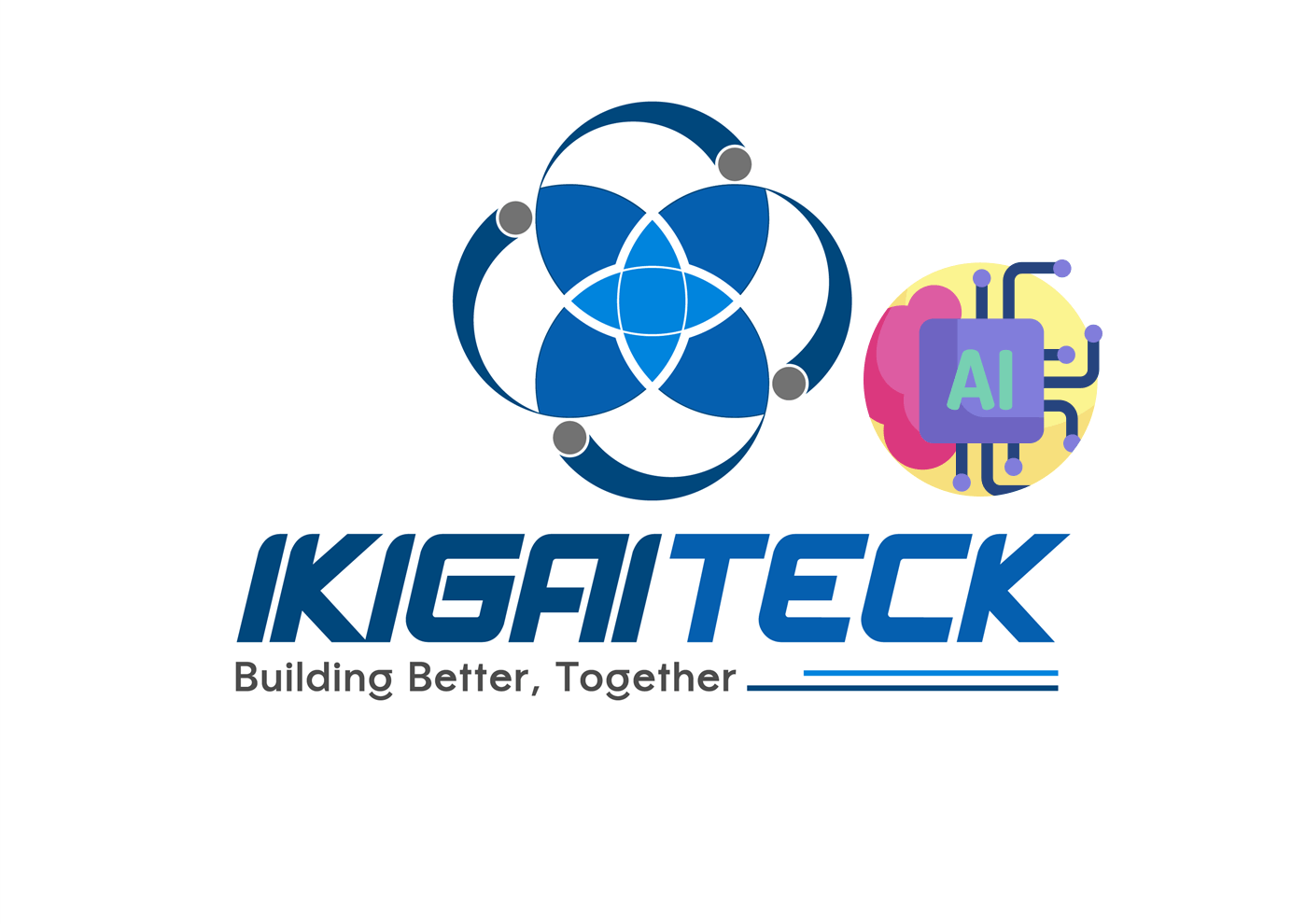Best AI Image Generators of 2025: Real-World Comparison and How to Choose the Right Tool
If you need visuals for social media, banners, blog illustrations, or concept art, AI image generators have come a long way. The point is not just to get “pretty” pictures, but to solve real problems: matching your prompt, allowing direct edits, generating clear text inside images, maintaining a consistent style, and being fast enough to fit your content schedule.
This article highlights the leading tools of 2025, explains how they were tested, what factors matter most, and which generator fits different needs.
How We Tested
Reviewers took a practical approach, focusing on how well each tool works compared to its competitors and what purposes it serves best. AI was given prompts based on real-world use cases, such as creating images in a particular style, combining multiple elements, and handling longer, more descriptive requests.
Each tool was scored on a 10-point scale, considering: accuracy to the prompt, creativity of results, and response speed.
Key Factors to Consider
Accuracy: How well the image matches the prompt and renders details clearly. For instance, a sci-fi spaceship scene that looks authentic or a portrait with a clear facial expression.
Hallucinations (AI glitches): Unintended details like three arms, missing objects, or distorted hands. Good tools minimize these errors and provide editing features to fix them.
Number of clarifying prompts: If you constantly need to refine prompts to reach your desired result, that’s a red flag. Tools that closely follow instructions and allow easy edits save significant time.
Response speed: Most services deliver images in under two minutes. The best ones generate in 10–30 seconds, giving you an edge in fast-paced content workflows.
Top AI Image Generators of 2025
1) Dall-E 3 (OpenAI)

Strengths
Handles complex prompts with high accuracy.
Conversational workflow makes it easy to refine results step by step.
Wide range of editing and style options.
Limitations
Hyper-realistic images can still look slightly artificial.
Not always the fastest option.
Best for
When you need high accuracy and a conversational workflow to fine-tune results.
2) Adobe Firefly

Strengths
Transparent training data, safer for copyright concerns.
Deep integration with Photoshop and Illustrator.
Supports both images and video with high-quality models.
Limitations
Higher cost for professional use.
Free tier comes with restrictions.
Best for
Professionals in the Adobe Creative Cloud ecosystem who need a seamless pipeline from creation to editing.
3) Leonardo AI

Strengths
Free plan available for beginners.
Fast response speed.
Reliable prompt adherence for marketing visuals and thumbnails.
Limitations
Advanced features and render slots limited on the free version.
Best for
Experimenting with different styles quickly and at low cost.
4) Canva (Magic Media)

Strengths
Extremely beginner-friendly.
Comes with ready-made templates and drag-and-drop tools.
Great for social media posts and presentations with clear embedded text.
Limitations
Limited control over fine details compared to pro-level tools.
Best for
Non-designers who need to create and publish quickly.
5) Stable Diffusion

Strengths
Open ecosystem with a large community.
Highly flexible and customizable (fine-tuning available).
Limitations
Requires more technical know-how to get the best results.
Best for
Advanced users who want deep customization or to run models locally for privacy and control.
6) Artistly.AI – a Rising Choice for Individuals and Small Teams
Strengths
Friendly, easy-to-use interface, even for AI beginners.
Personalized styles and creative templates for quick starts.
Affordable plans tailored to individuals and small groups.
Limitations
As a newer platform, transparency about training data and consistency of output is still debated.
Results may not always match the promotional demos and might need extra editing.
Best for
Users who want a lightweight entry point into AI art without complex setup.
Individuals or teams seeking a budget-friendly solution for social content and creative experimentation.
👉 Read the full review: ArtistlyAI Review 2025 – Full Creative Ecosystem Powered by AI
Other Tools We Tested but Didn’t Make the Top List
OpenAI Image in ChatGPT (different from Dall-E 3): Basic editing tools, slower performance. Works if you’re already using ChatGPT, but not ideal as a primary generator.
Midjourney: Impressive visuals and editing tools, but prompt accuracy is inconsistent. Paid-only, and all images are public unless you subscribe to higher-tier Pro/Mega plans with Stealth Mode.
Google ImageFX: Struggled with prompt accuracy and often rejected harmless requests. Editing tools are limited, making it less practical compared to newer models like Imagen 4.
FAQs
1. What’s the best AI image generator?
Dall-E 3 is considered the best overall thanks to its accuracy, conversational workflow, and robust editing tools.
2. Are there free options?
Yes. Leonardo AI and Canva are great starting points with free or freemium plans.
3. How do I create the best AI images?
Write clear prompts that include style, lighting, composition, and required elements. Start specific, then simplify if the model struggles.
4. Why does my AI image look weird?
It’s likely due to hallucinations (AI glitches). Try rephrasing your prompt, adjusting settings, or using editing tools to clean up quirks.
5. Should I disclose AI-made images?
Yes. Transparency is important, especially in professional or commercial contexts.
6. Can I copyright AI-generated images?
Generally, no. Images created entirely by AI are not eligible for copyright. However, if you use AI to edit your own photos or contribute significant creative input, you may qualify for protection.
Conclusion: Don’t Overlook Artistly.AI if You’re Just Starting
If you need a proven, professional tool, go with Dall-E 3, Adobe Firefly, or Canva. But if you’re curious about a fresh, more personalized, and budget-friendly alternative, Artistly.AI is worth trying.
📌 Check out the detailed review: ArtistlyAI Review 2025 – Full Creative Ecosystem Powered by AI
(Some links on our site may be affiliate, meaning we may earn a small commission at no extra cost to you.)
Subscribe now !
Be the first to explore smart tech ideas, AI trends, and practical tools – all sent straight to your inbox from IkigaiTeck Hub
IkigaiTeck.io is an independent tech publication sharing practical insights on AI, automation, and digital tools.



